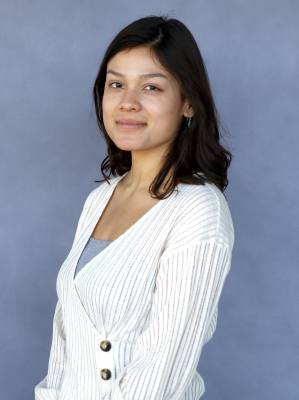Austin ISD trustees reviewed two proposed redistricting maps and their effects on district demographics and communities at a May 5 meeting.
Law firm Thompson and Horton LLP presented draft maps with population demographic data and changes made to account for community feedback as part of AISD’s ongoing redistricting process. Redistricting occurs every 10 years based on U.S. Census data,and requires redrawing district boundaries if the population of the most populous trustee district exceeds the population of the least populous district by more than 10%.
AISD is holding ongoing surveys and community meetings seeking feedback on its four potential redistricting maps. Maps 3 and 4 were reviewed at the May 5 meeting.
Map 3 proposed balancing AISD’s population east to west—a request based on feedback seeking to unite communities across the I-35 dividing line, according to Board President Geronimo Rodriguez. Each district would have a population of roughly 105,000 under Map 3, but there would be “significant changes in race and ethnicity percentages and shares,” according to a Thompson and Horton LLP representative.
Several trustees voiced support for uniting East and West Austin, but expressed concerns about changing demographics leading to underrepresentation of marginalized groups.
“My concern about the new map is that it could potentially invite a lot of representation coming from the west side of our district, because the financial means to run and hold a seat probably would fall heavier to thewestern side of the district,” District 7 Trustee Yasmin Wagner said.
“The map that goes east to west would be a hard no from me,” District 1 Trustee LaTisha Anderson said. “My concern would also be not having someone that looks like you represent you, or for that matter, lives in your community.”
When comparing Map 3 to Map 4, Map 3 had one additional Anglo-majority district and zero Hispanic-majority districts, compared to one Hispanic-majority district and an additional district with 49.5% Hispanic voters in Map 4 and lower percentages of Black and Asian voting age populations in districts with the largest concentration of Black and Asian voters.
Map 4 also had trustee district populations of about 105,000. Changes to current district boundaries in Map 4 included adding a portion of District 2 back into District 1 to maintain communities of interest. District 2 would remain extended west across I-35 toward Congress Avenue based on community pushback to an earlier map that used the highway as a dividing line. District 6 would lose some geographic area based on extending District 2. District 3 would experience small boundary changes, while districts 4 and 5 would not change.
Trustees will move ahead with Map 4 and will continue holding meetings and offering surveys to receive community feedback on proposed maps, according to Rodriguez. The board will adopt a final map in June.





